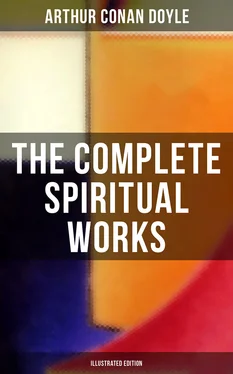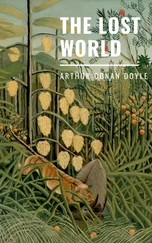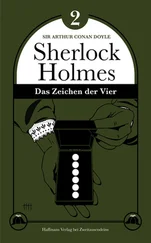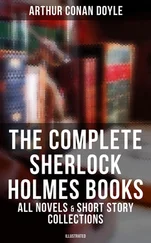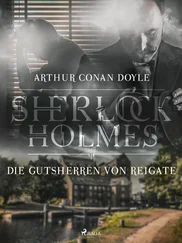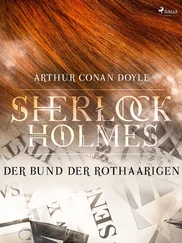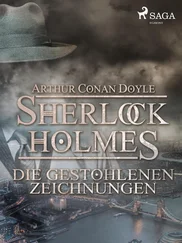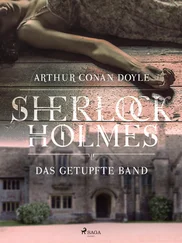Looking over the list of my reading I find, besides nearly a dozen very interesting and detailed manuscript accounts, such published narratives as “Claude’s Book,” purporting to come from a young British aviator; “Thy Son Liveth,” from an American soldier, “Private Dowding”; “Raymond,” from a British soldier; “Do Thoughts Perish?” which contains accounts from several British soldiers and others; “I Heard a Voice,” where a well-known K.C., through the mediumship of his two young daughters, has a very full revelation of the life beyond; “After Death,” with the alleged experiences of the famous Miss Julia Ames; “The Seven Purposes,” from an American pressman, and many others. They differ much in literary skill and are not all equally impressive, but the point which must strike any impartial mind is the general agreement of these various accounts as to the conditions of spirit life. An examination would show that some of them must have been in the press at the same time, so that they could not have each inspired the other. “Claude’s Book” and “Thy Son Liveth” appeared at nearly the same time on different sides of the Atlantic, but they agree very closely. “Raymond” and “Do Thoughts Perish?” must also have been in the press together, but the scheme of things is exactly the same. Surely the agreement of witnesses must here, as in all cases, be accounted as a test of truth. They differ mainly, as it seems to me, when they deal with their own future including speculations as to reincarnation, etc., which may well be as foggy to them as it is to us, or systems of philosophy where again individual opinion is apparent.
Of all these accounts the one which is most deserving of study is “Raymond.” This is so because it has been compiled from several famous mediums working independently of each other, and has been checked and chronicled by a man who is not only one of the foremost scientists of the world, and probably the leading intellectual force in Europe, but one who has also had a unique experience of the precautions necessary for the observation of psychic phenomena. The bright and sweet nature of the young soldier upon the other side, and his eagerness to tell of his experience is also a factor which will appeal to those who are already satisfied as to the truth of the communications. For all these reasons it is a most important document – indeed it would be no exaggeration to say that it is one of the most important in recent literature. It is, as I believe, an authentic account of the life in the beyond, and it is often more interesting from its sidelights and reservations than for its actual assertions, though the latter bear the stamp of absolute frankness and sincerity. The compilation is in some ways faulty. Sir Oliver has not always the art of writing so as to be understanded of the people, and his deeper and more weighty thoughts get in the way of the clear utterances of his son. Then again, in his anxiety to be absolutely accurate, Sir Oliver has reproduced the fact that sometimes Raymond is speaking direct, and sometimes the control is reporting what Raymond is saying, so that the same paragraph may turn several times from the first person to the third in a manner which must be utterly unintelligible to those who are not versed in the subject. Sir Oliver will, I am sure, not be offended if I say that, having satisfied his conscience by the present edition, he should now leave it for reference, and put forth a new one which should contain nothing but the words of Raymond and his spirit friends. Such a book, published at a low price, would, I think, have an amazing effect, and get all this new teaching to the spot that God has marked for it—the minds and hearts of the people.
So much has been said here about mediumship that perhaps it would be well to consider this curious condition a little more closely. The question of mediumship, what it is and how it acts, is one of the most mysterious in the whole range of science. It is a common objection to say if our dead are there why should we only hear of them through people by no means remarkable for moral or mental gifts, who are often paid for their ministration. It is a plausible argument, and yet when we receive a telegram from a brother in Australia we do not say: “It is strange that Tom should not communicate with me direct, but that the presence of that half-educated fellow in the telegraph office should be necessary.” The medium is in truth a mere passive machine, clerk and telegraph in one. Nothing comes FROM him. Every message is THROUGH him. Why he or she should have the power more than anyone else is a very interesting problem. This power may best be defined as the capacity for allowing the bodily powers, physical or mental, to be used by an outside influence. In its higher forms there is temporary extinction of personality and the substitution of some other controlling spirit. At such times the medium may entirely lose consciousness, or he may retain it and be aware of some external experience which has been enjoyed by his own entity while his bodily house has been filled by the temporary tenant. Or the medium may retain consciousness, and with eyes and ears attuned to a higher key than the normal man can attain, he may see and hear what is beyond our senses. Or in writing mediumship, a motor centre of the brain regulating the nerves and muscles of the arm may be controlled while all else seems to be normal. Or it may take the more material form of the exudation of a strange white evanescent dough-like substance called the ectoplasm, which has been frequently photographed by scientific enquirers in different stages of its evolution, and which seems to possess an inherent quality of shaping itself into parts or the whole of a body, beginning in a putty-like mould and ending in a resemblance to perfect human members. Or the ectoplasm, which seems to be an emanation of the medium to the extent that whatever it may weigh is so much subtracted from his substance, may be used as projections or rods which can convey objects or lift weights. A friend, in whose judgment and veracity I have absolute confidence, was present at one of Dr. Crawford’s experiments with Kathleen Goligher, who is, it may be remarked, an unpaid medium. My friend touched the column of force, and found it could be felt by the hand though invisible to the eye. It is clear that we are in touch with some entirely new form both of matter and of energy. We know little of the properties of this extraordinary substance save that in its materialising form it seems extremely sensitive to the action of light. A figure built up in it and detached from the medium dissolves in light quicker than a snow image under a tropical sun, so that two successive flash-light photographs would show the one a perfect figure, and the next an amorphous mass. When still attached to the medium the ectoplasm flies back with great force on exposure to light, and, in spite of the laughter of the scoffers, there is none the less good evidence that several mediums have been badly injured by the recoil after a light has suddenly been struck by some amateur detective. Professor Geley has, in his recent experiments, described the ectoplasm as appearing outside the black dress of his medium as if a hoar frost had descended upon her, then coalescing into a continuous sheet of white substance, and oozing down until it formed a sort of apron in front of her. 5This process he has illustrated by a very complete series of photographs.
These are a few of the properties of mediumship. There are also the beautiful phenomena of the production of lights, and the rarer, but for evidential purposes even more valuable, manifestations of spirit photography. The fact that the photograph does not correspond in many cases with any which existed in life, must surely silence the scoffer, though there is a class of bigoted sceptic who would still be sneering if an Archangel alighted in Trafalgar Square. Mr. Hope and Mrs. Buxton, of Crewe, have brought this phase of mediumship to great perfection, though others have powers in that direction. Indeed, in some cases it is difficult to say who the medium may have been, for in one collective family group which was taken in the ordinary way, and was sent me by a master in a well known public school, the young son who died has appeared in the plate seated between his two little brothers.
Читать дальше
